For many potential thru-hikers of the Appalachian Trail, weight loss is a huge factor when planning their hike. For some, it’s a worry about not being able to eat enough calories and losing too much weight. For others like myself, it’s a potential opportunity to lose some weight and not worry about what you eat. I’d like to share what it was like for me to lose 112 pounds while thru-hiking the AT.
On March 31st 2019, at the start of my thru-hike, I weighed 352 pounds. Several years of being sedentary and apathetic lead to me being the heaviest I had ever been. That being said, I didn’t realize I was even out of shape. I am 6’6”, so my weight was spread out. Or so I thought. I could walk around just fine and had a fair bit of stamina for my size, so barely noticed it was a problem. That was until I started my hike and was immediately met with the most severe knee pain I had ever felt. More so than when I played football in college, more so than right after having knee surgery in high school. I recall one instance early on coming down Blood Mountain into Neel Gap when I was sure I would have to get off the trail because my knee pain was just that bad.
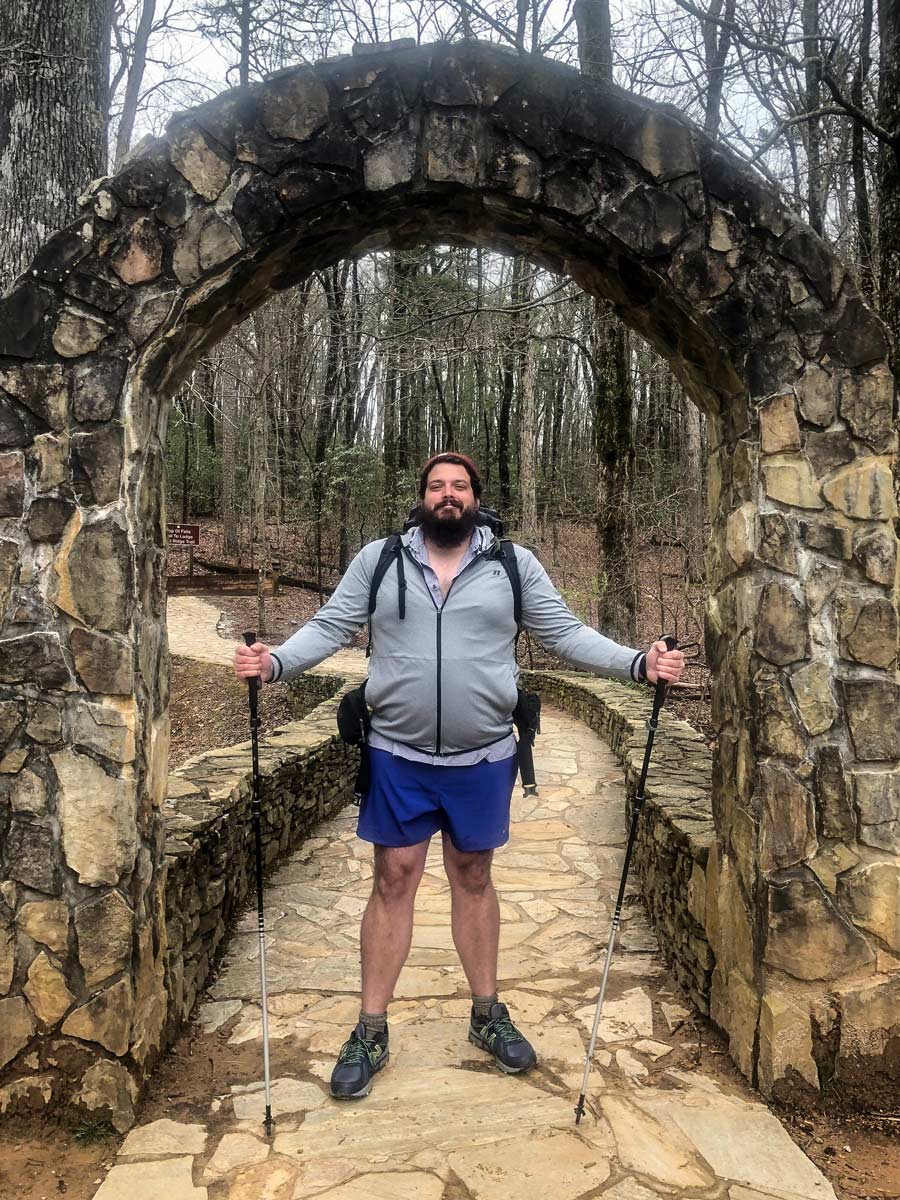
It wouldn’t occur to me until much later in my hike, when I finally bid adieu to my cumbersome knee braces on top of one of the balds in the Smokies, that maybe my knee pain was because of my weight. I had always just thought I had bad knees. After several years of high-contact sports and surgery at age 14, I just assumed it was a part of life for me. Then that day, after finally tiring of dealing with sweat-logged knee braces irritating and chafing my skin, I took them off and realized my knee pain was almost nonexistent. This revelation is what made me notice that I had, in fact, been losing weight. I realized that as I lost weight, I was no longer brought nearly to tears when descending a mountain. I would still have the occasional twang of knee pain, especially after a longer than normal day, but that was the end of the stabbing, dagger-like pain I’d always felt.
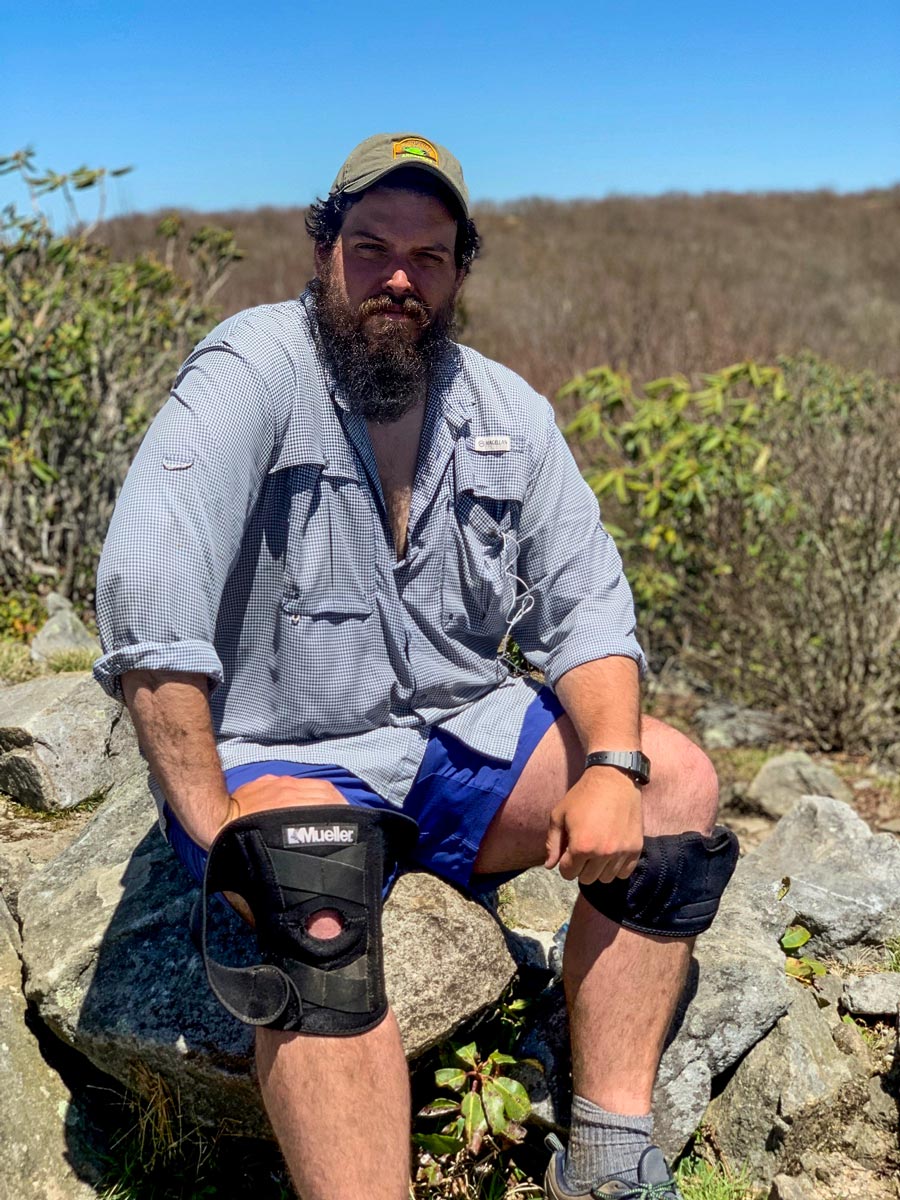
From then on, the weight loss just took off. I could not keep up with the calories I was burning, and my appetite was insatiable. An exercise tracker estimated that I was burning nearly ten thousand calories a day while hiking. To maintain my weight would take more food than I could carry. This was fine with me! As the pounds dropped, I was having a much easier time doing more miles each day and I was feeling way more confident in how I looked. It did not seem to matter what and how much I ate, I just kept losing. I think my first weigh-in was in North Carolina when we took our first double zero (rest day) in Hot Springs and I found a scale. I had lost about 35 pounds.
It wasn’t all good though. Early on I developed some eating habits that would end up causing problems down the line. I started inadvertently fasting while on the trail. Intermittent fasting is where you choose a window in which you eat, and all other hours you fast. Some may give themselves a 6-hour window in the day wherein they eat, others less. It can be a great way to control how much you eat, but it isn’t the best choice while attempting a thru-hike. I was an avid intermittent faster prior to the AT and slipped back into it shortly after starting my hike. It started with me not wanting to eat breakfast, partly because I was slower early on and didn’t want to be left behind by the first group of people I was hanging around. Mostly, it was because I just wasn’t very hungry. This was especially true with lunch. Sweating and exercise seem to kill my appetite and I found myself not eating anything until I was at camp for the night.
To me, this was great! I was losing so much weight just by hiking, but also, I was eating at such a deficit I would almost still be losing weight if I weren’t hiking. I’d find out towards the end of my hike that I was very wrong to think this. Around the middle of Virginia, we were staying in town for three or four days while a member of my trail family healed up a severe shin splint. I decided to get a haircut, so I walked downtown to a salon. The stylist began cutting away the long, matted locks and audibly gasped and began telling me that she “didn’t do it.” “Did what?” I asked. “The bald spot on your head,” she answered. She handed me a mirror and sure enough, there was a heart-shaped spot on the back-bottom of my head. It was so smooth- obviously not the doing of my stylist’s eager clippers. I didn’t think much of it at the time, but this was likely due to being malnourished. I brushed it off, still beaming that I keep losing weight. I headed to the nearby Dairy Queen for my fourth blizzard of the day.
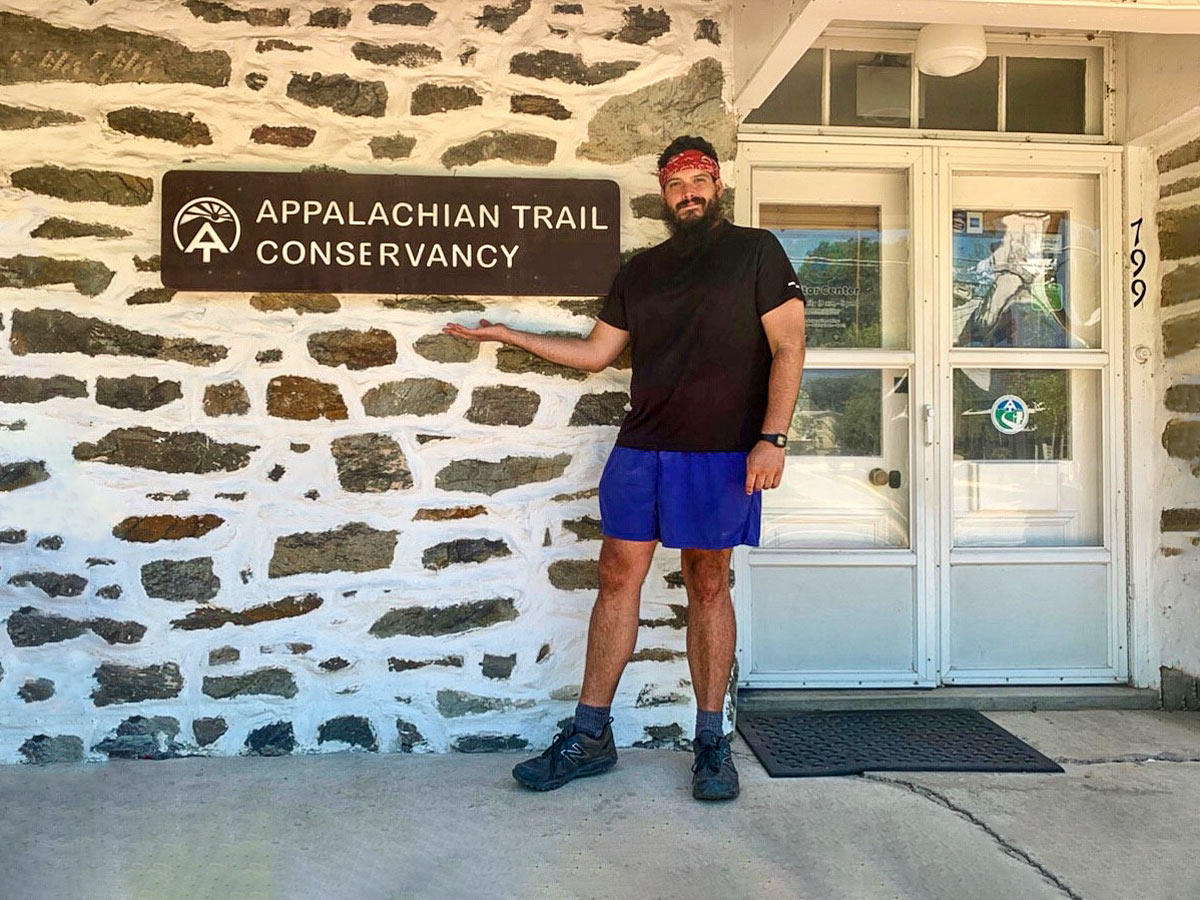
By the time we had finished Virginia, I was feeling good still. The weight was dropping and I had lost around 60 pounds. The warmer weather had taken its toll on my electrolyte balance, though some powdered Gatorade seemingly fixed me right up. I was still mostly only eating after hiking for the day. I would typically set up camp and snack, then hang out until it was time to cook dinner a couple of hours later. My resupplies (packages of food to replenish supply) would look a bit different than most. However, many days until the next resupply, I would get the exact number of hot meals to cook for dinner. The rest would be snacks, usually peanuts, fun-sized candy bars, potato chips, a wedge of cheese, or other snacks. Most of my dinners were either dried instant potato soup or boxed mac and cheese that I would add Spam to. I don’t think my meal choices were that terrible, but looking back I wish I had included some healthier options to remind my body what a vitamin was.
Town food is where I think I truly could have done better. The worst of it was when I became absolutely addicted to soda. I’m not much of a soda drinker in my usual life, but on the trail, I became a fiend. My favourite trail magic (acts of generosity left for other hikers, often snacks or drinks) wasn’t beer or food, but soda, particularly orange Sunkist. I’d drink them almost non-stop in town. At one point in the hundred-mile wilderness, these amazing people had trail magic set up deep in the woods of Maine. I expressed to them how happy I was to see orange Sunkist, and they told me to drink all of them that I wanted. I’d drink one, and after seeing my sheepish grin, they would insist I drink more. Next thing you know, I’ve got 11 orange sodas sloshing around in my belly and 12 more miles to hike that day. Looking back, I wish I had chosen healthier options while in town. A salad here and there, or any greens really. Instead, I opted to find the largest thing on the menu and would order multiple sides to go along with it. I’d meet my match at a restaurant in New Hampshire that had a burger the size of my head. While I did finish it, the burger got the last laugh when all I could do the rest of the night was writhe around in pain on the bed.
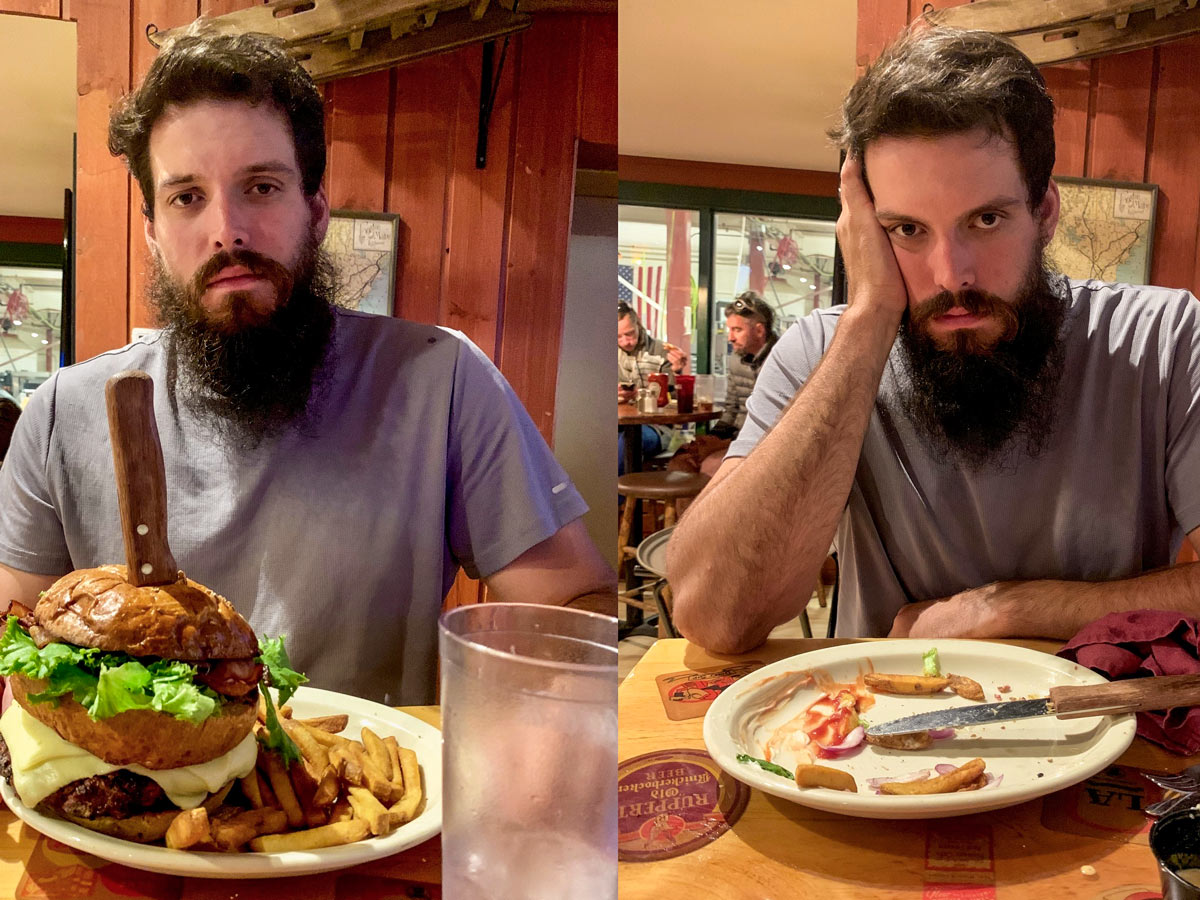
It would be around New England when the main issues would start to kick in for me. At this point, I had lost about 90 pounds, and still had another 22 to go. I felt a bit weaker, but still able to hike higher miles. I would often get dizzy upon standing, and this side effect would persist for many months after I summited Katahdin. Still though, I would usually skip breakfast and lunch. At this point, though, the times of not being hungry were long gone. I began to become hungry around mid-day, and sometimes I even ate breakfast. Not being hungry was no longer an excuse. The bald spot was still there, and while I couldn’t be sure, it seemed as though the hair on the top of my head was thinning. Looking back at photos, I noticed signs that I was oblivious to while on the AT. The sunken eyes, the pale skin despite six months of being outdoors. I had sent the picture of me and my head-sized burger to my grandmother and she just lamented at how sickly I looked. In contrast, in another photo of me atop Mt. Washington in New Hampshire, I became fixated on the jacket I was wearing, noticing it was the same one I had worn on my first day on the trail. Back in Georgia it was a bit snug, but now it just hung off me. I couldn’t take my eyes off the photo. My reasoning at the time was that I still had some belly fat, so I still had more to lose. It became a bit of an obsession.
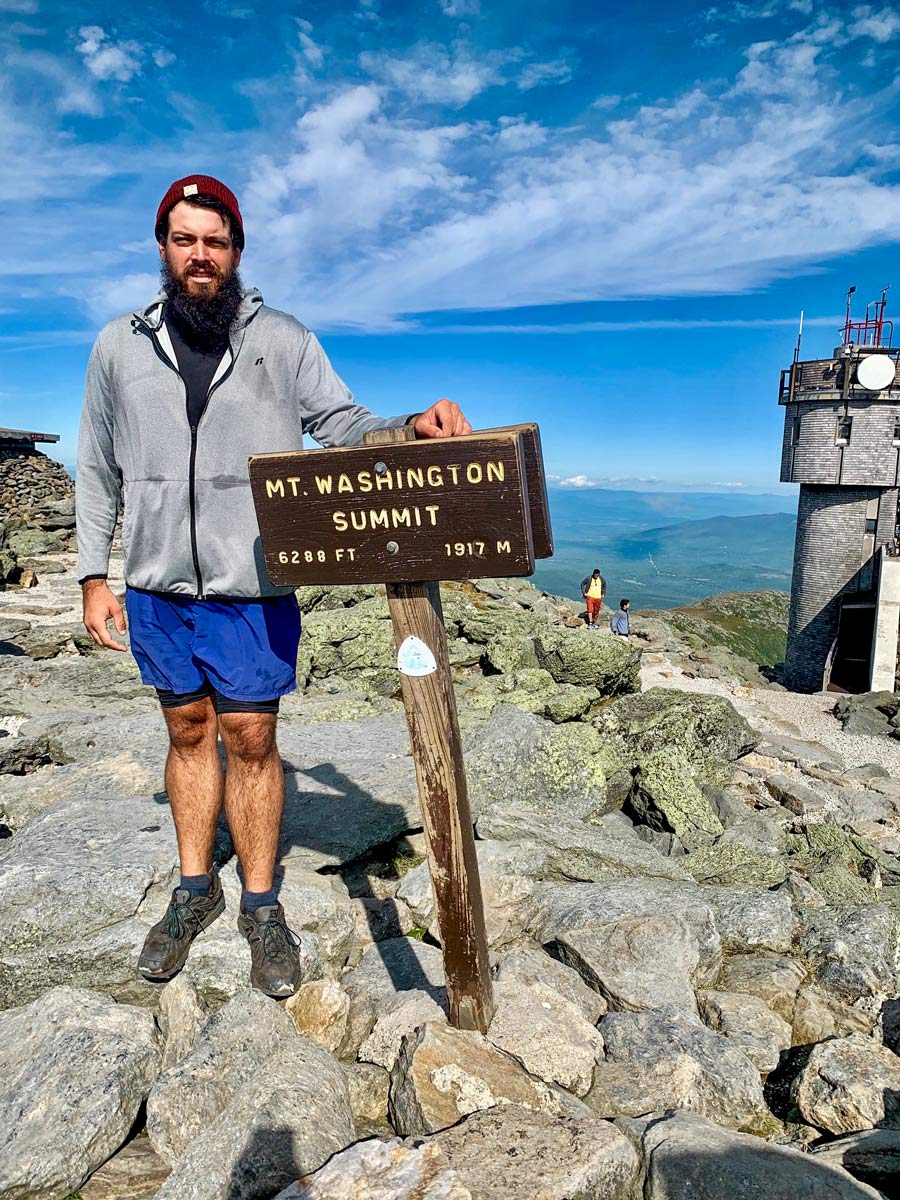
As someone who had struggled a bit with weight in their mid-twenties, I can’t quite explain how good it felt to become thinner, and seemingly with no focused effort. I could not get over how I looked, and for the first time in years, the mirror and the scale weren’t my enemies. Anyone who knew me would’ve been oblivious to my lack of confidence. As a believer in “fake ‘til you make it”, for once the confidence I felt was real and not something I pretended to have. That, to me, was where the danger lied. I was so hyper-focused on losing more and more weight that I put being safe and healthy on the back burner. I don’t think I was in any danger of starving, but a doctor’s visit following the trail would reveal I was malnourished.
Thankfully, after a few months of being off-trail, most of my ailments went away. The heart shape bald spot grew in, and my dizziness subsided. While the top of my head is still a bit thinner, the doctors say it should fill back in with time.
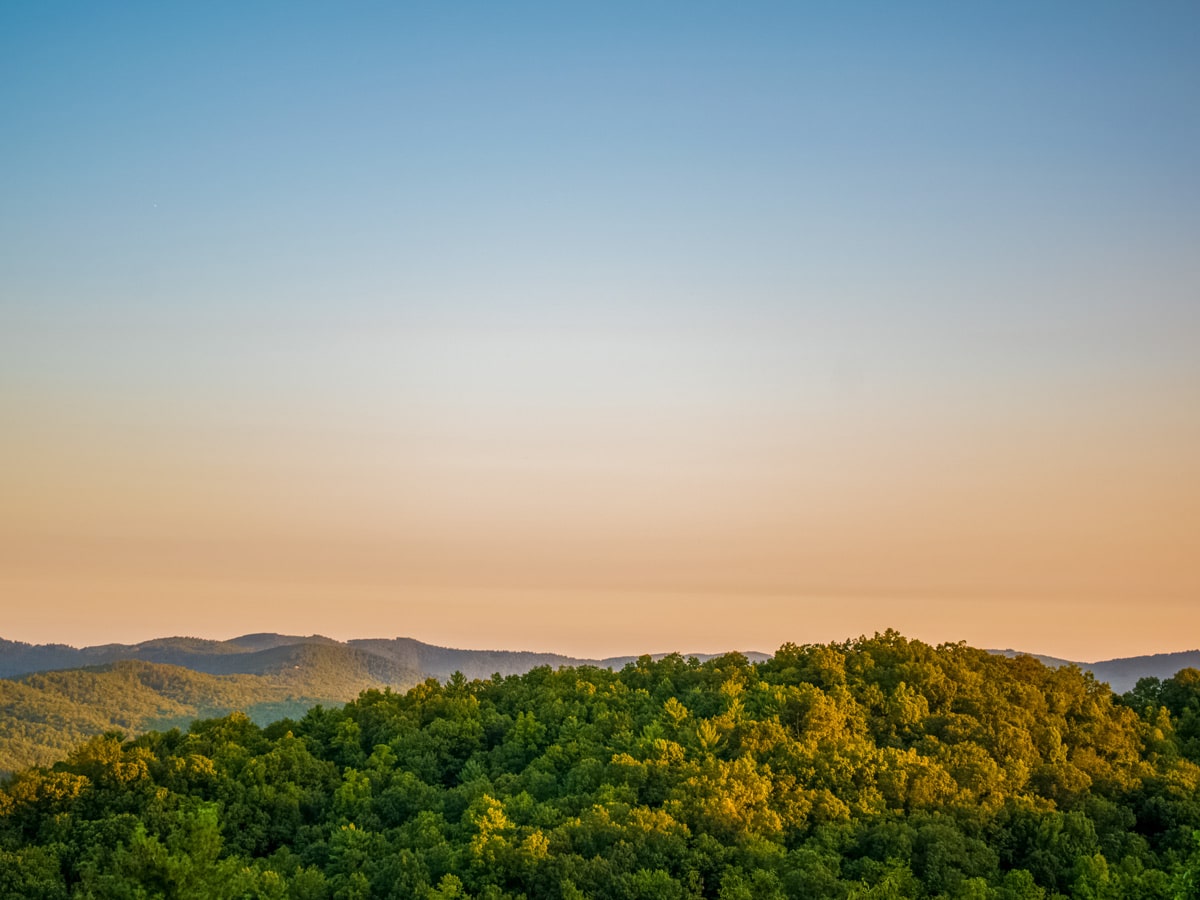
If I were to hike the Appalachian Trail again (which I would), I would do things totally different when it comes to my nutrition and diet. I’d like to share what I learned in the hopes that anyone attempting an upcoming thru-hike of the AT can avoid some of the troubles I faced. I’m not a nutritionist or doctor, so please consult yours and simply take this as my friendly advice:
- First and foremost: eat multiple times a day. Many people, especially those starting out, are going to have issues with not being hungry. For most this subsides when the famous “hiker hunger” sets in. For me, hiker hunger was usually apparent in town and not so much on the trail. You might need to force yourself to eat. For myself, I would make sure that I had a breakfast of some sort and at least a light lunch.
- Pack out calorie-dense foods with healthy fats. Doing the trail again, I would make sure to always bring a jar of peanut butter or a small bottle of olive oil to supplement my food. I would usually bring a block of cheese and in the cooler months some butter, which helped a little.
- Greens and fibre-rich foods are still important. You’d be surprised what you could pack out and what could last for a while in your pack. Especially the first day out after town! I would do this a lot, but instead of several dollar menu McDonald’s burgers, you could bring a large salad or nutrition-rich bowl of some sort. Fruits would have been great for me; they can be packed out and consumed early on to negate the added weight.
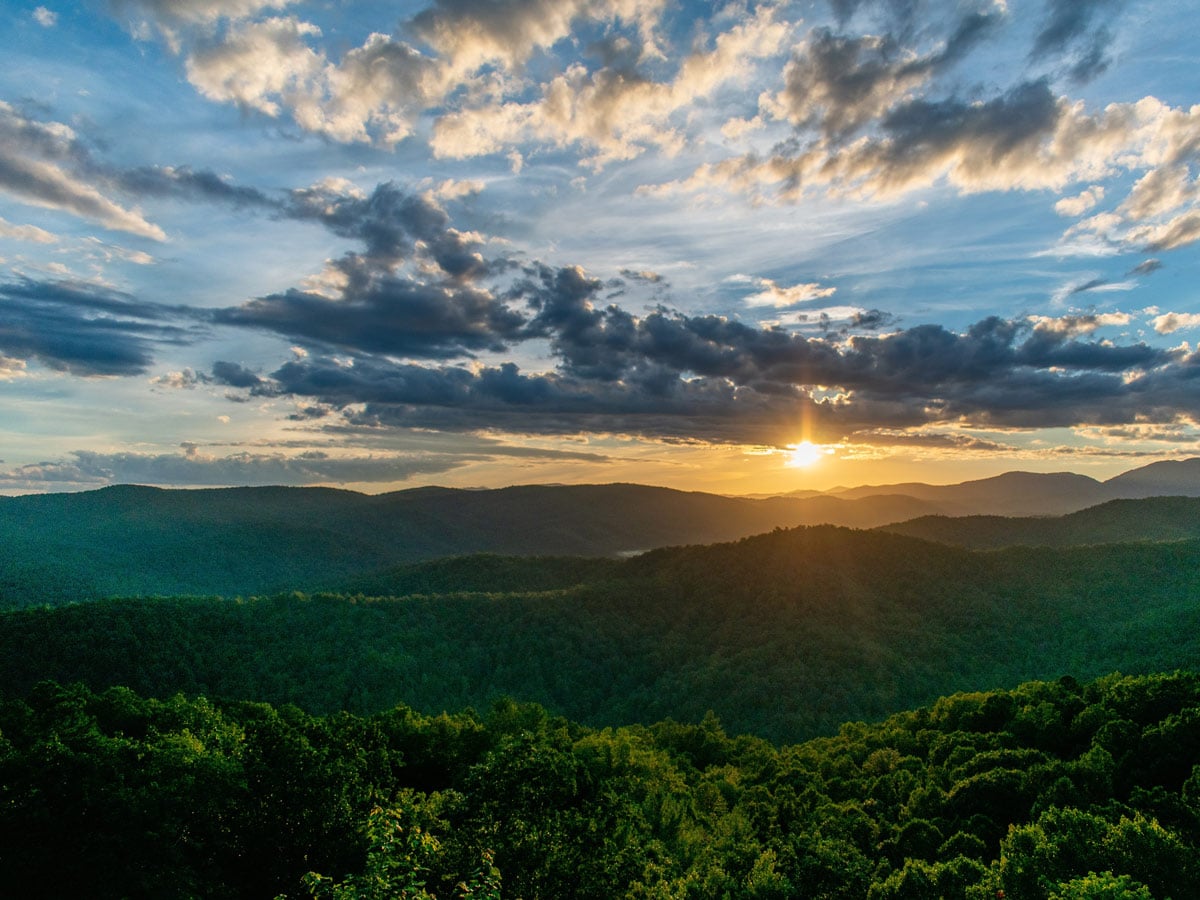
- Have at least one “healthy” meal in town. Even if you follow said healthy meal with 3 or 4 (or 7) beers or a huge pizza, the nutrients from a healthy lunch will help you out.
- Pack out a multivitamin, or supplement with more defined minerals like iron or zinc (depending on your doctor’s advice, of course). This is what I think my biggest issue was. It is the number one thing I would change about my hike regarding nutrition. A simple daily pill could have gone a long way in filling out what I was missing from my meals.
- Pay attention to nutrition and change up your resupplies if you’re noticing a pattern. A lot of food associated with thru-hiking lacks key nutrients that our bodies need. While on a resupply, check the nutrition label and see if there might be a better option. It’s also nice, in my opinion, to change things up and keep things fresh. Looking forward to making something new in camp that night was always a highlight of my days. It might be hard- sometimes on trail, you may find yourself resupplying at a gas station or a hostel, but most of the time you’ll have a fully-stocked grocery store to choose from.
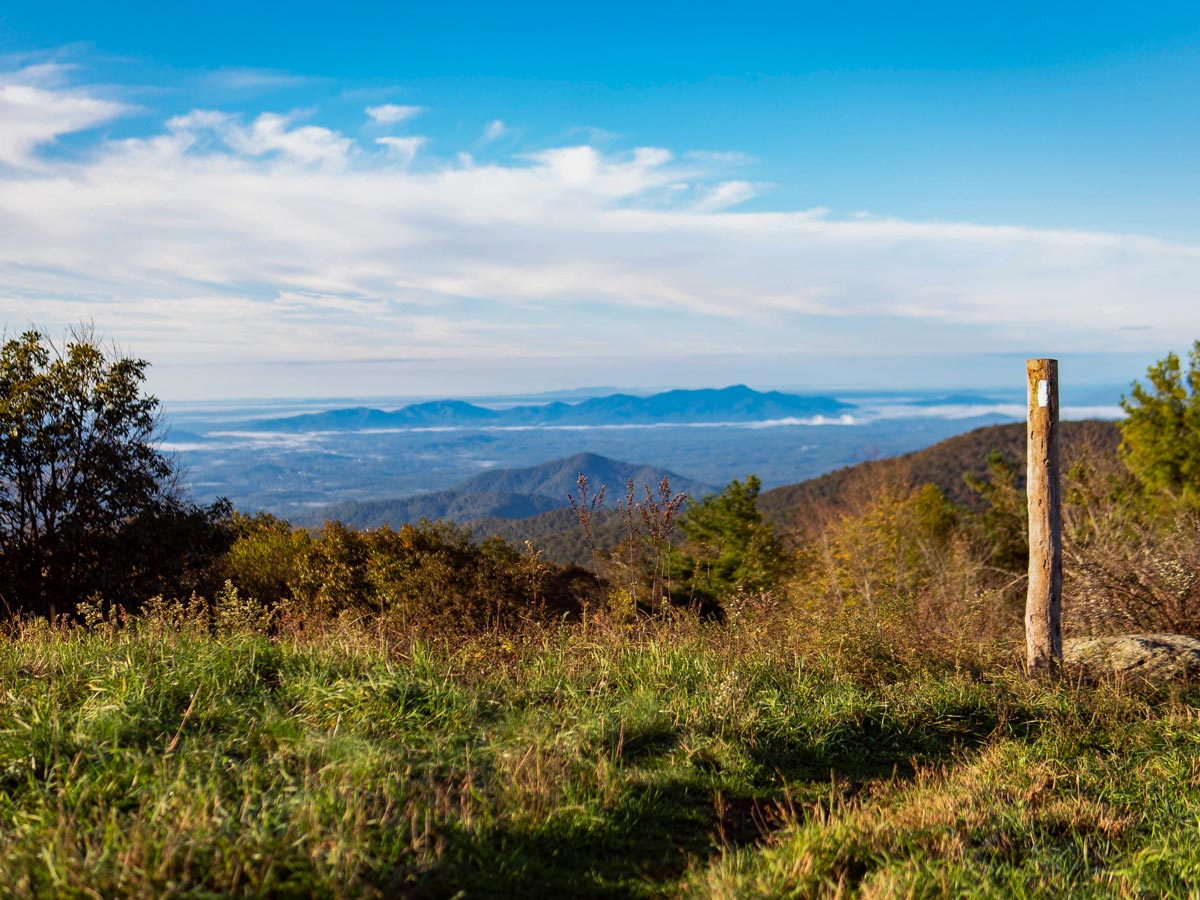
- Avoid mail drops (having people mail packages of supplies to you along your route) being your main resupply point if possible. Obviously for some this is a must, but it’s often the case that people doing this are already very conscious of what’s in their food. You may find that something you planned to eat the entire way isn’t working out like you thought it would. Try to give yourself room to adapt your nutrition as you find out what is and isn’t working.
- Finally, regardless if you start the trail overweight, underweight, or at a healthy weight, making sure you’re getting the calories and nutrition your body needs is one of the most important things you can do to ensure you finish the trail and do so in a healthy way. There is a balance between the hard work of the hike and caring for your body. Focus on the accomplishment of what you’re doing rather than how your body looks on the trail.
As my thru-hike came to an end, I stayed in the Appalachian Trail Lodge in Millinocket, Maine and had my final weigh-in before heading over to a nearby restaurant to enjoy two or three lobsters. My final weight before heading home would be 240 pounds. By this point, I was starting to become aware that I was definitely not healthy in regard to my nutrition. I’m sure it’s like this for many who finish the trail, but I remember showering and washing the mud from Katahdin off my legs and seeing the last physical remnants of the trail circle down the drain and feeling the most absolute sense of melancholy wash over me. I was afraid of putting the weight back on, going back to the dreary, monotonous life I’d known before, and ultimately no longer being the person I’d become on the trail anymore. I pleaded with my hiking partner to get a ride back with me to Baxter so we could head south to Georgia. She ultimately declined. I wasn’t ready to go back, and I’m still not a year after finishing. I was scared to return to my normal eating and exercising habits. The weight wouldn’t just fall off now. I couldn’t hike 15.0mi or 20.0mi a day and eat whatever I wanted anymore.

The responsibility was on me again once the trail stopped influencing my health. If you take anything away from this, I’d hope that it’s a commitment to care for your body when attempting a thru-hike. You should be confident and happy in who you are, not just as a hiker but as a human being.
As of November 2020, I’ve managed to keep the weight mostly off. I’m focused on healthier habits going forward and finding a balance between maintaining a healthy weight and taking it too far. I feel good, so long as I avoid that damned orange soda.
If you liked this article, you can also check out the best long-distance hikes in the United States.
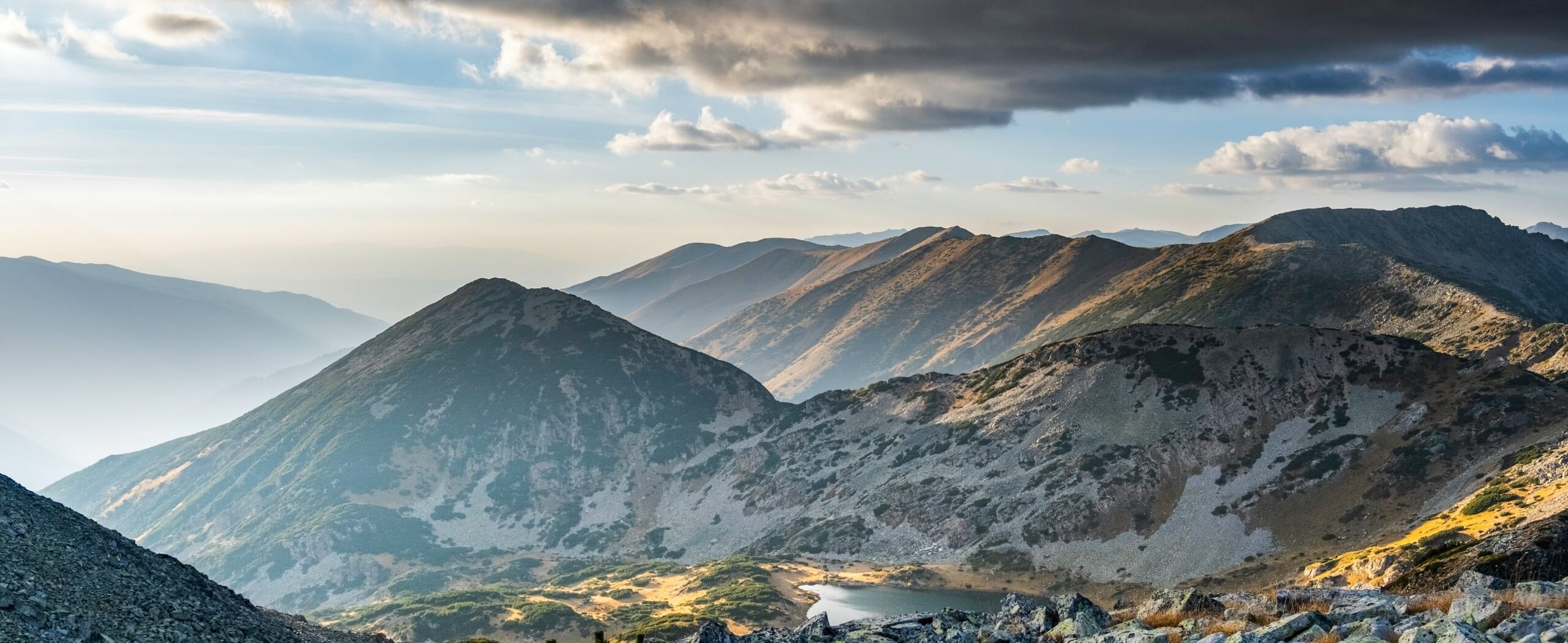
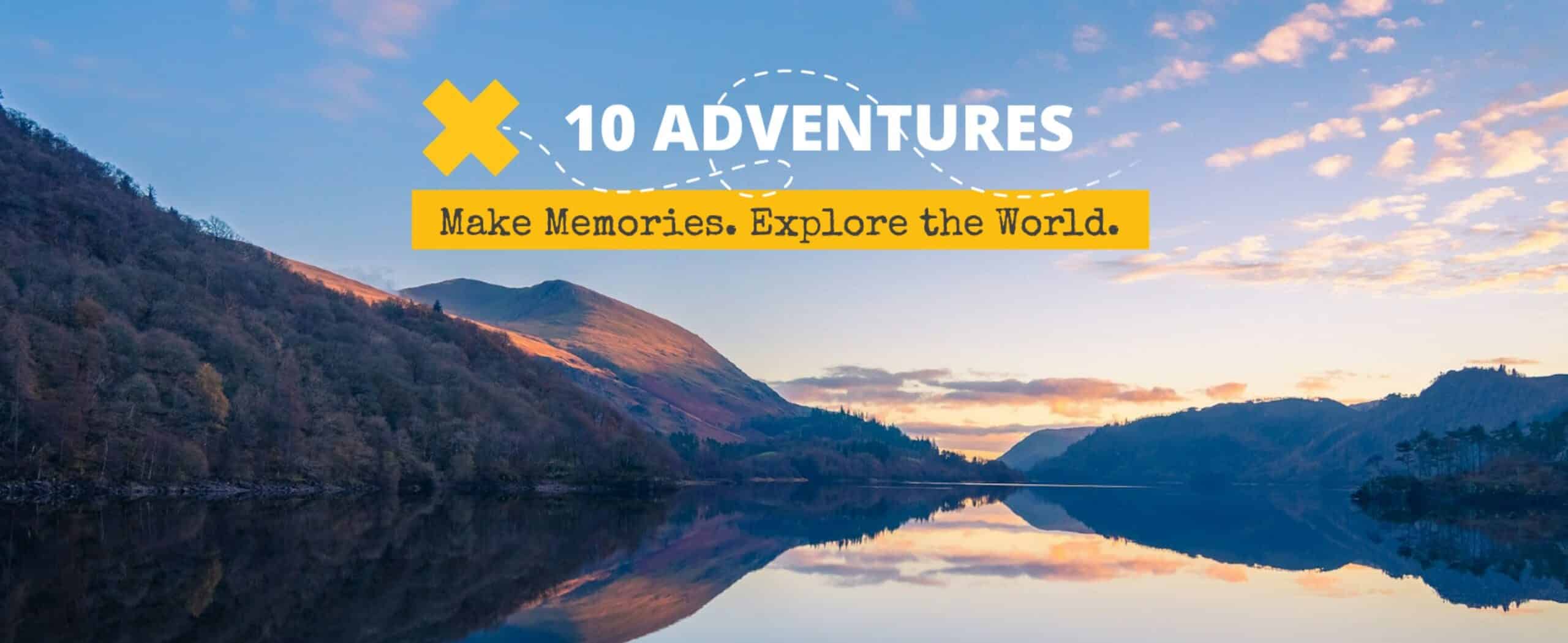

Comments
Burokai4 years ago
This is soo inspiring!
Replylimpingthru4 years ago
So are you ever going to actually thru-hike the Appalachian Trail, or are you satisfied with yellow-blazing part of it?
Replymattdwyerva4 years ago
Nice work, and thanks for sharing your story. It's never easy to do great things.
Reply